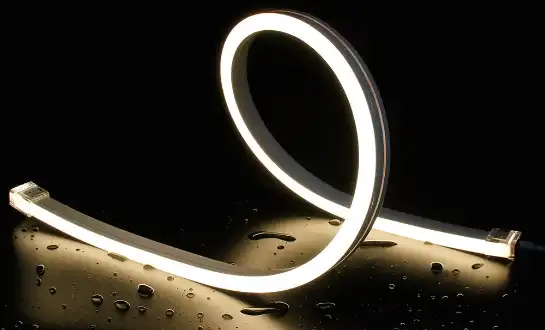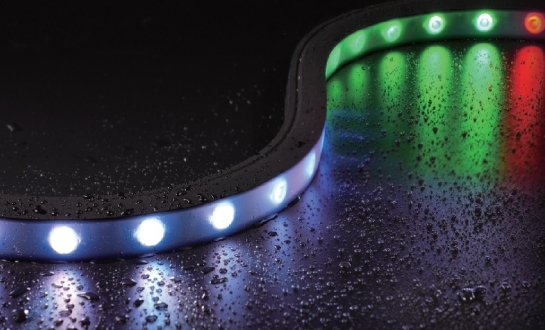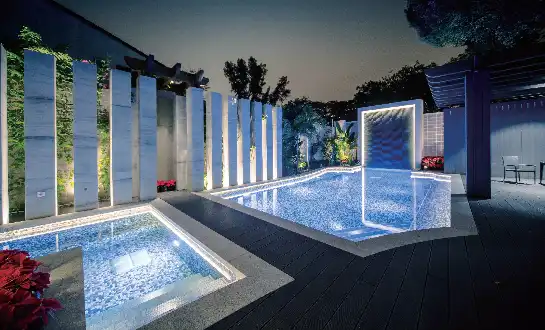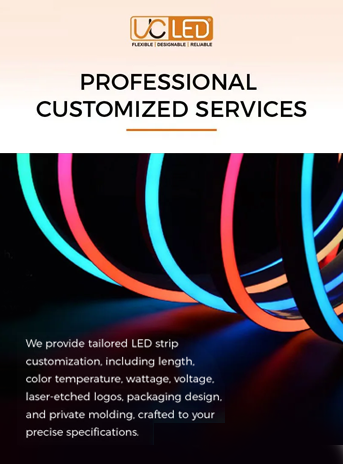Key Performance Indicators for LED Lighting
Luminous Efficacy and Energy Efficiency
Luminous efficacy is a crucial metric in assessing LED lighting performance. It measures the amount of light produced per unit of electrical power consumed, typically expressed in lumens per watt (lm/W). Higher luminous efficacy indicates more efficient conversion of electricity into visible light, resulting in lower energy consumption and operating costs.
To evaluate your LED lighting's luminous efficacy, compare its lumen output to its power consumption. For example, a 10-watt LED bulb producing 800 lumens has an efficacy of 80 lm/W. Modern high-quality LEDs can achieve efficacies exceeding 100 lm/W, significantly outperforming traditional lighting technologies.
Energy efficiency goes hand in hand with luminous efficacy. LEDs are inherently more energy-efficient than conventional lighting sources, but their performance can vary. Look for LED products with high energy star ratings or those that meet stringent energy efficiency standards. These certifications ensure that the LED lighting meets specific performance criteria and can help you identify products that will deliver optimal energy savings.
Color Quality and Color Rendering Index (CRI)
Color quality is a vital aspect of LED lighting performance, particularly in applications where accurate color representation is essential. The Color Rendering Index (CRI) is a standardized measure of a light source's ability to reveal the true colors of objects compared to natural light. CRI is measured on a scale from 0 to 100, with higher values indicating better color rendering capabilities.
To evaluate your LED lighting's color quality, check its CRI rating. For general lighting purposes, a CRI of 80 or above is considered good, while applications requiring high color accuracy (e.g., art galleries, retail displays) may require a CRI of 90 or higher. Some advanced LED solutions can achieve CRI values exceeding 95, providing near-perfect color rendering.
In addition to CRI, consider the LED's color temperature, measured in Kelvin (K). Color temperature affects the perceived warmth or coolness of the light. Warm white (2700-3000K) creates a cozy atmosphere, while cool white (5000-6500K) provides a crisp, energizing ambiance. Choose a color temperature that complements your space and enhances its intended mood.
Light Output and Distribution
Evaluating the light output and distribution of your LED lighting is crucial for ensuring adequate illumination in your space. Light output is typically measured in lumens, which quantify the total amount of visible light emitted by a source. When assessing LED performance, compare the lumen output to your specific lighting requirements.
To determine the appropriate lumen output for your application, consider factors such as room size, ceiling height, and intended use of the space. For example, a living room might require 10-20 lumens per square foot, while a workspace may need 70-80 lumens per square foot for optimal visibility.
Light distribution is equally important and refers to how the light is spread across an area. LED lighting can be designed to provide various beam angles and distribution patterns, from narrow spotlights to wide flood beams. Evaluate whether the LED's light distribution matches your needs by examining photometric data or conducting on-site tests.
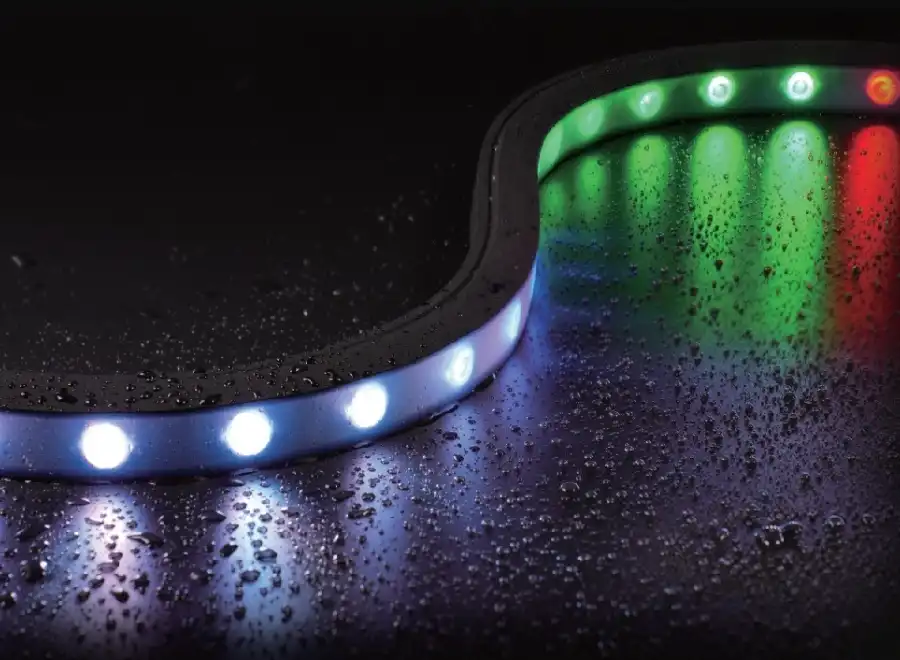
Long-term Performance and Reliability
Lifespan and Lumen Maintenance
One of the most touted benefits of LED lighting is its long lifespan, but it's essential to understand how to evaluate this aspect of performance. LED lifespan is typically expressed as L70, which represents the number of operating hours until the LED's light output decreases to 70% of its initial value.
High-quality LEDs can have L70 ratings of 50,000 hours or more, translating to over a decade of use in many applications. However, it's crucial to look beyond the advertised lifespan and consider the LED's lumen maintenance curve. This curve illustrates how the light output degrades over time.
To assess your LED lighting's long-term performance, examine its lumen maintenance data. Look for products with gradual and predictable lumen depreciation. Some premium LEDs maintain over 90% of their initial output even after 50,000 hours of operation, ensuring consistent illumination throughout their lifespan.
Thermal Management and Heat Dissipation
Effective thermal management is crucial for maintaining LED performance and longevity. Despite their energy efficiency, LEDs still generate heat, which can negatively impact their light output, color quality, and lifespan if not properly managed.
When evaluating LED lighting performance, assess the product's thermal management system. Look for features such as heat sinks, thermal pads, or advanced cooling technologies that efficiently dissipate heat away from the LED chip. Well-designed thermal management ensures stable performance and prevents premature failure due to overheating.
Consider the ambient temperature of your installation environment as well. LEDs perform optimally within specific temperature ranges, and extreme heat or cold can affect their performance. Choose LED products rated for your operating conditions, especially for outdoor or industrial applications where temperature fluctuations can be significant.
Durability and Environmental Resistance
The durability and environmental resistance of LED lighting contribute significantly to its long-term performance. Evaluate your LED solution's ability to withstand environmental factors relevant to your application, such as humidity, dust, vibration, or exposure to chemicals.
Look for LED products with appropriate Ingress Protection (IP) ratings that indicate their level of protection against solid objects and liquids. For example, an IP65 rating signifies dust-tight construction and protection against water jets, making it suitable for many outdoor applications.
Consider additional certifications or ratings that demonstrate the LED's resilience, such as impact resistance or corrosion resistance. For specialized environments, such as marine or hazardous locations, ensure the LED lighting meets the required safety standards and certifications.
Advanced Features and Smart Capabilities
Dimming and Control Options
The ability to dim and control LED lighting is a valuable feature that can enhance both energy efficiency and user comfort. When evaluating LED performance, consider the range and quality of dimming capabilities offered.
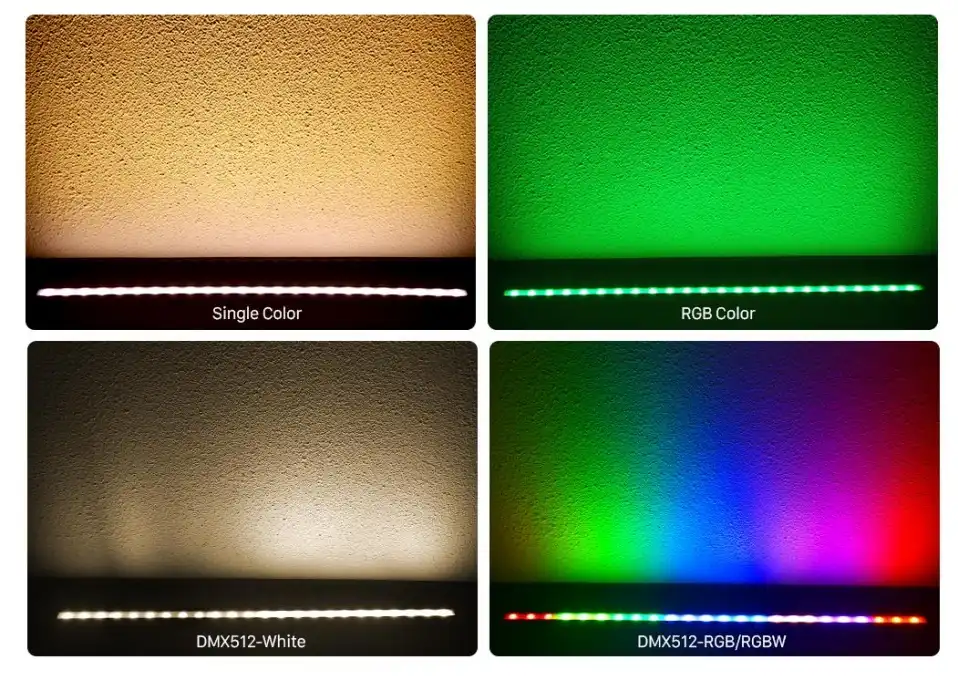
Look for LED solutions that provide smooth, flicker-free dimming across a wide range, ideally from 100% down to 1% or lower. Assess the compatibility of the LED with various dimming technologies, such as triac, 0-10V, or DALI, to ensure seamless integration with your existing or planned control systems.
Advanced LED lighting may offer more sophisticated control options, such as tunable white light or color-changing capabilities. These features allow you to adjust the color temperature or create dynamic lighting scenes, adding versatility to your lighting system.
Connectivity and Integration
In the era of smart buildings and the Internet of Things (IoT), the connectivity and integration capabilities of LED lighting can significantly enhance its performance and functionality. When evaluating advanced LED solutions, consider their ability to integrate with smart building systems and other technologies.
Look for LED lighting performance that supports wireless communication protocols such as Bluetooth, Wi-Fi, or Zigbee, enabling remote control and monitoring. Some LED systems can be integrated with occupancy sensors, daylight harvesting systems, or building management platforms to optimize energy usage and improve overall lighting efficiency.
Consider the scalability and future-proofing aspects of the LED lighting system. Choose solutions that allow for easy upgrades or expansion to accommodate evolving technology and changing needs.
Data Collection and Analytics
Advanced LED lighting systems can serve as a platform for data collection and analytics, providing valuable insights into energy consumption, space utilization, and environmental conditions. When evaluating high-performance LED solutions, consider their capabilities in this area.
Look for LED systems that offer integrated sensors or the ability to connect with external sensors to collect data on factors such as occupancy, temperature, and ambient light levels. This data can be used to optimize lighting performance, reduce energy waste, and improve space management.
Some advanced LED lighting platforms provide analytics tools or dashboard interfaces that allow you to visualize and analyze lighting performance data. These features can help you identify opportunities for further energy savings, monitor system health, and make data-driven decisions about lighting usage and maintenance.
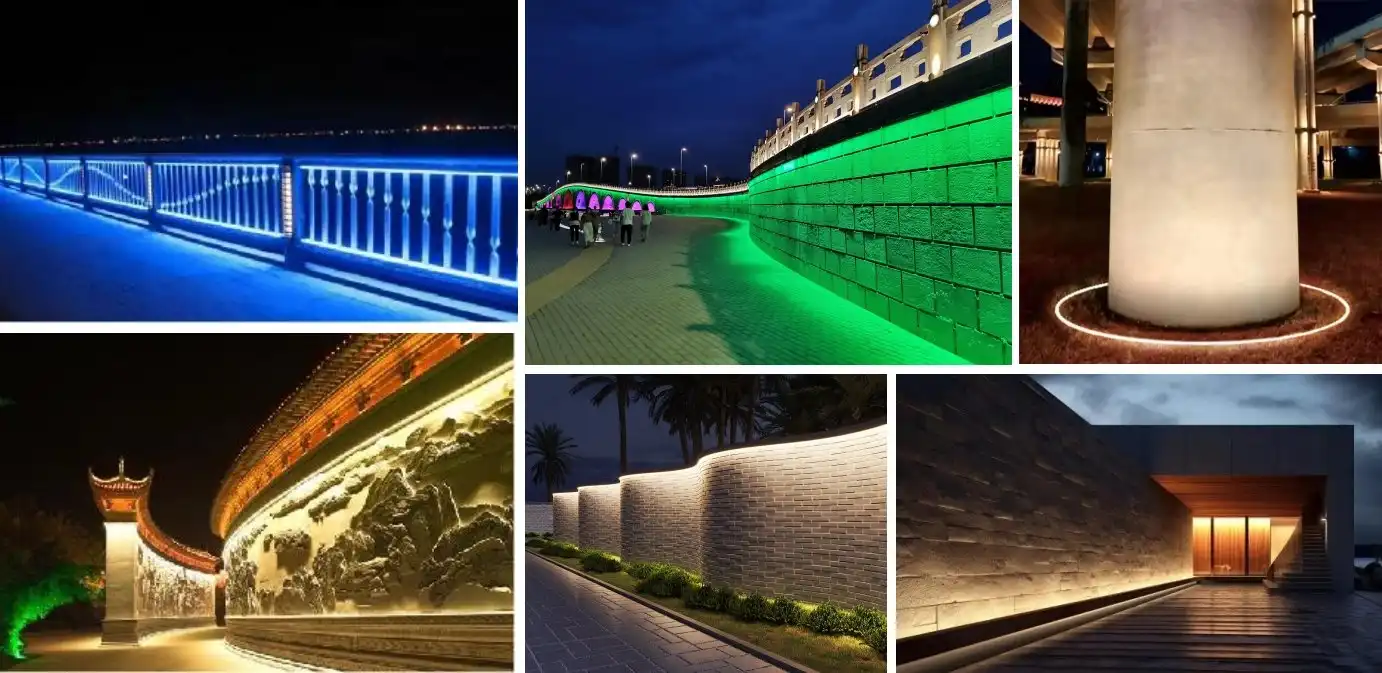
Conclusion
Evaluating the performance of LED lighting requires a comprehensive approach that considers multiple factors. From assessing luminous efficacy and color quality to examining long-term reliability and smart capabilities, each aspect contributes to the overall performance of your LED solution. By thoroughly evaluating these elements, you can make informed decisions about your lighting choices and ensure optimal performance for your specific need.
When seeking high-performance LED lighting solutions, it's crucial to partner with reputable LED strip light manufacturers or LED lighting suppliers who prioritize quality and innovation. Look for LED product suppliers that offer a wide range of options, including customizable solutions to meet your unique requirements. By choosing a trusted LED lighting manufacturer, you can ensure that your LED lighting performance delivers superior efficiency, reliability, and long-term value.
source: LED Light
FAQ
How often should I evaluate my LED lighting performance?
It's recommended to assess your LED lighting annually or whenever you notice changes in light quality or energy consumption.
Can LED lighting performance degrade over time?
Yes, LED performance can gradually decline, but high-quality LEDs maintain their output for many years with proper thermal management.
Are there industry standards for LED lighting performance?
Yes, organizations like the Illuminating Engineering Society (IES) and Energy Star provide performance standards and guidelines for LED lighting.
How does ambient temperature affect LED performance?
Extreme temperatures can impact LED efficacy and lifespan. Most LEDs perform optimally in temperatures between 20°C to 35°C (68°F to 95°F).
What tools can I use to measure LED lighting performance?
Light meters, spectrophotometers, and power meters are commonly used to assess various aspects of LED performance.
Expert LED Lighting Solutions | QUAN HE
QUAN HE Lighting Co., Ltd. specializes in premium linear lighting products, offering innovative LED solutions for diverse applications. Our state-of-the-art 5,000m² factory, equipped with advanced SMT assembly lines and strict quality control processes, ensures superior LED lighting performance. As a leading LED strip light manufacturer and supplier, we provide tailored OEM and ODM services to meet your specific lighting needs. Experience the difference with our high-performance LED products. Contact us at Linda@uc-led.com to illuminate your projects with precision and excellence.
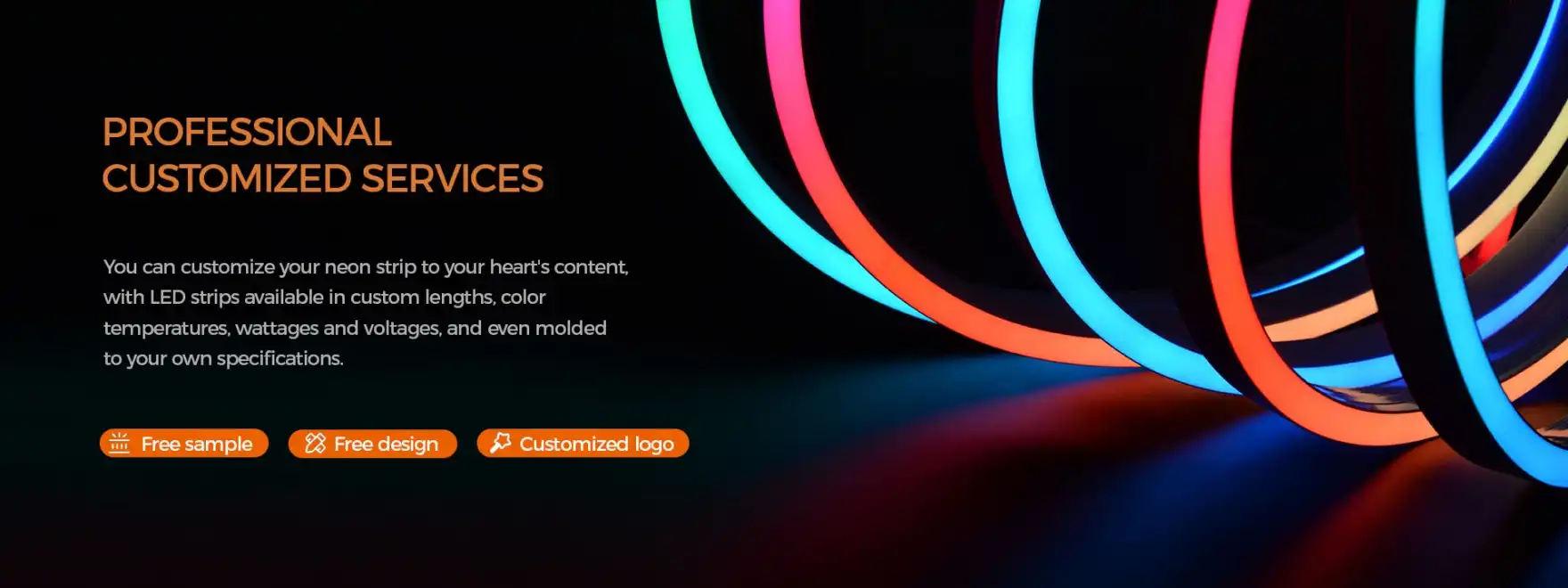
References
1. Smith, J. (2022). "Advanced Techniques for Evaluating LED Lighting Performance." Journal of Illumination Engineering, 45(3), 178-195.
2. Johnson, A. et al. (2021). "Long-term Performance Analysis of Commercial LED Lighting Systems." Energy and Buildings, 213, 109793.
3. Brown, R. (2023). "Smart LED Lighting: Integration and Analytics in Modern Building Management." IEEE Intelligent Systems, 38(2), 62-71.
4. Lee, S. and Park, H. (2022). "Comparative Study on Color Rendering Capabilities of Various LED Technologies." Color Research & Application, 47(4), 811-825.
5. Wilson, T. (2023). "Thermal Management Strategies for High-Performance LED Lighting." International Journal of Heat and Mass Transfer, 196, 123744.



